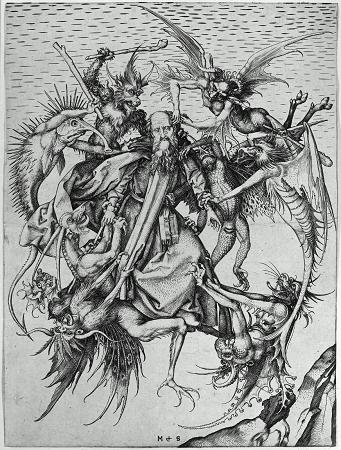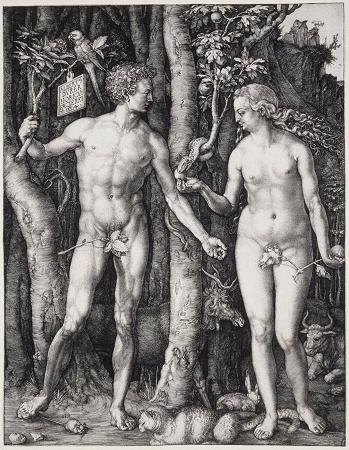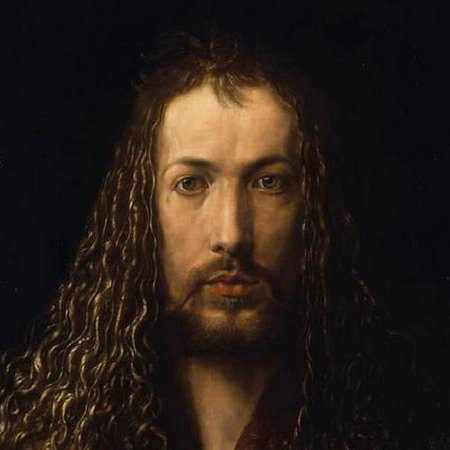Bernhard Strigel (1461 - 1528). Bernhard Strigel was a German Renaissance painter known for his portraiture and religious works, with a style that blended late Gothic and emerging Renaissance elements. As a court painter for the Holy Roman Emperor Maximilian I, Strigel became known for his dignified, detailed portraits of the emperor’s family and the nobility. His work was influenced by artists such as Albrecht Durer, whose precision and realism impacted Strigel’s approach to portraiture; Hans Holbein the Elder, who shaped Strigel’s treatment of religious themes and Martin Schongauer, whose expressive figures and use of detail left a strong mark on Strigel’s compositions. Key examples of Strigel’s work include The Emperor Maximilian I and His Family (Vienna, Kunsthistorisches), which captures the imperial family with rich detail; Portrait of Young Woman (London, National Gallery), showing Strigel’s delicate approach to portraiture and Altarpiece of the Twelve Apostles (Nuremberg, Nationalmuseum) which exemplifies his religious artistry and Gothic-Renaissance fusion. Strigel was born at Memmingen and was probably a pupil of Zeitblom at Ulm. He stood in high favor with the Emperor Maximilian I, in whose service he repeatedly journeyed to Augsburg, Innsbruck, and Vienna. His religious paintings, which include four altar wings with scenes from the Life of the Virgin, in the Berlin Gallery, and 10 paintings illustrating the Genealogy of Christ, in the Germanic Museum, Nuremberg, are historically interesting, but of less artistic value than his portraits, which, though detailed, are ably handled and luminous in color. Notable examples are those of Conrad Rehlinger, lord of Hainhofen, Alte Pinakothek, Munich; Councilor Cuspinian and Family, Berlin Museum; Count John of Montfort, at Donaueschingen; An Unknown Lady, Metropolitan Museum, New York; and portraits of Emperor Maximilian in the Strassburg, Munich, and Vienna galleries.
more...







